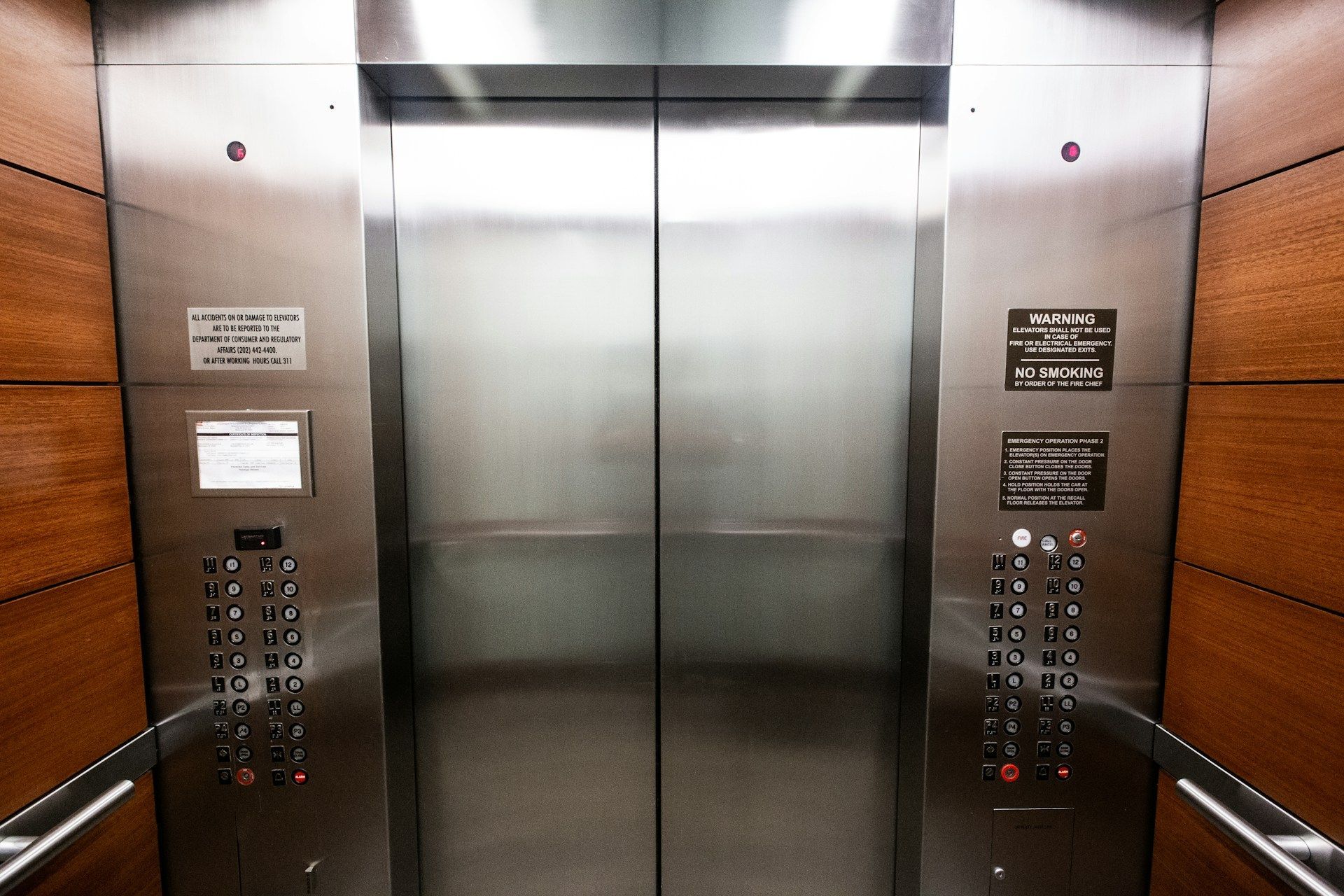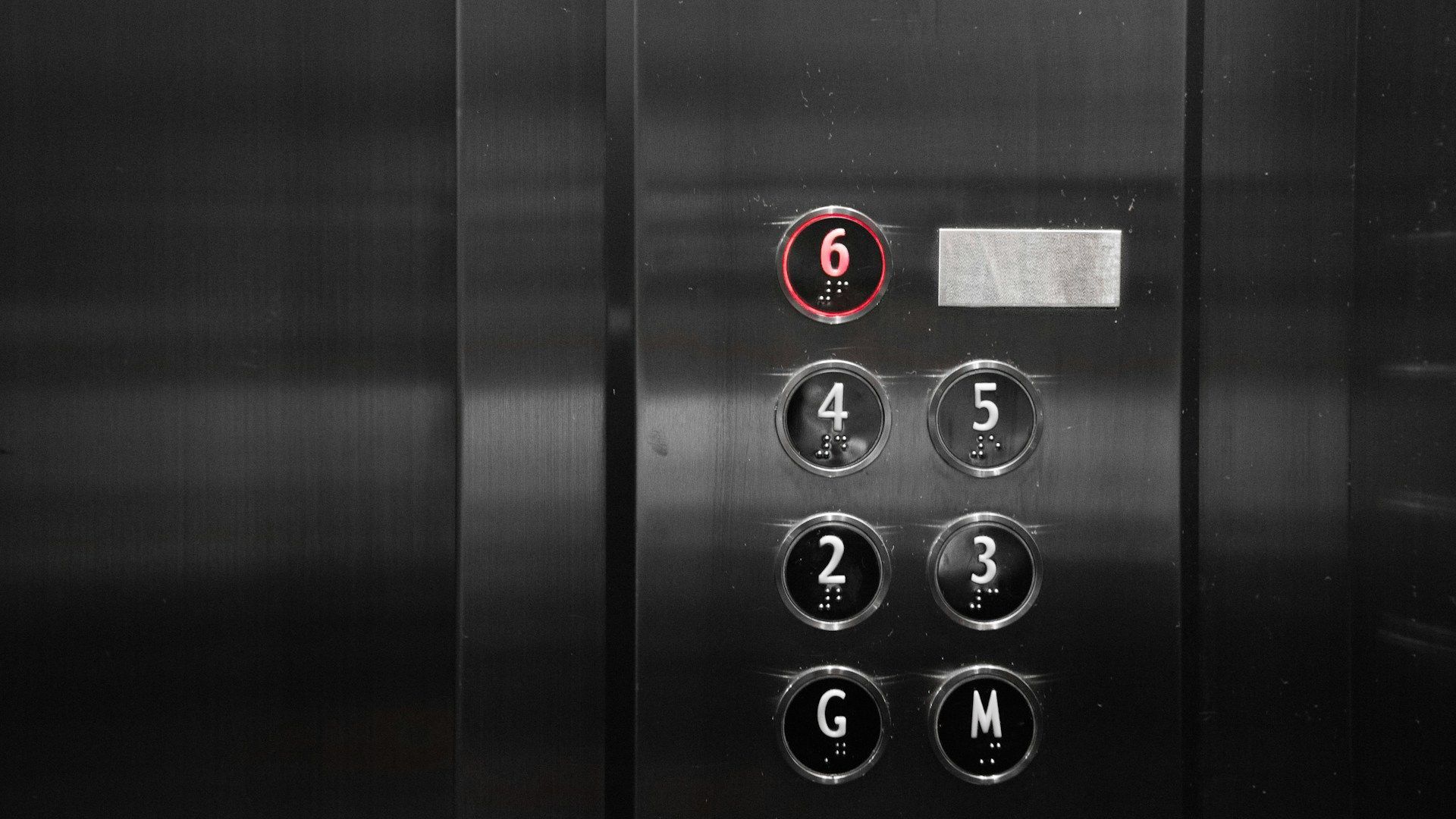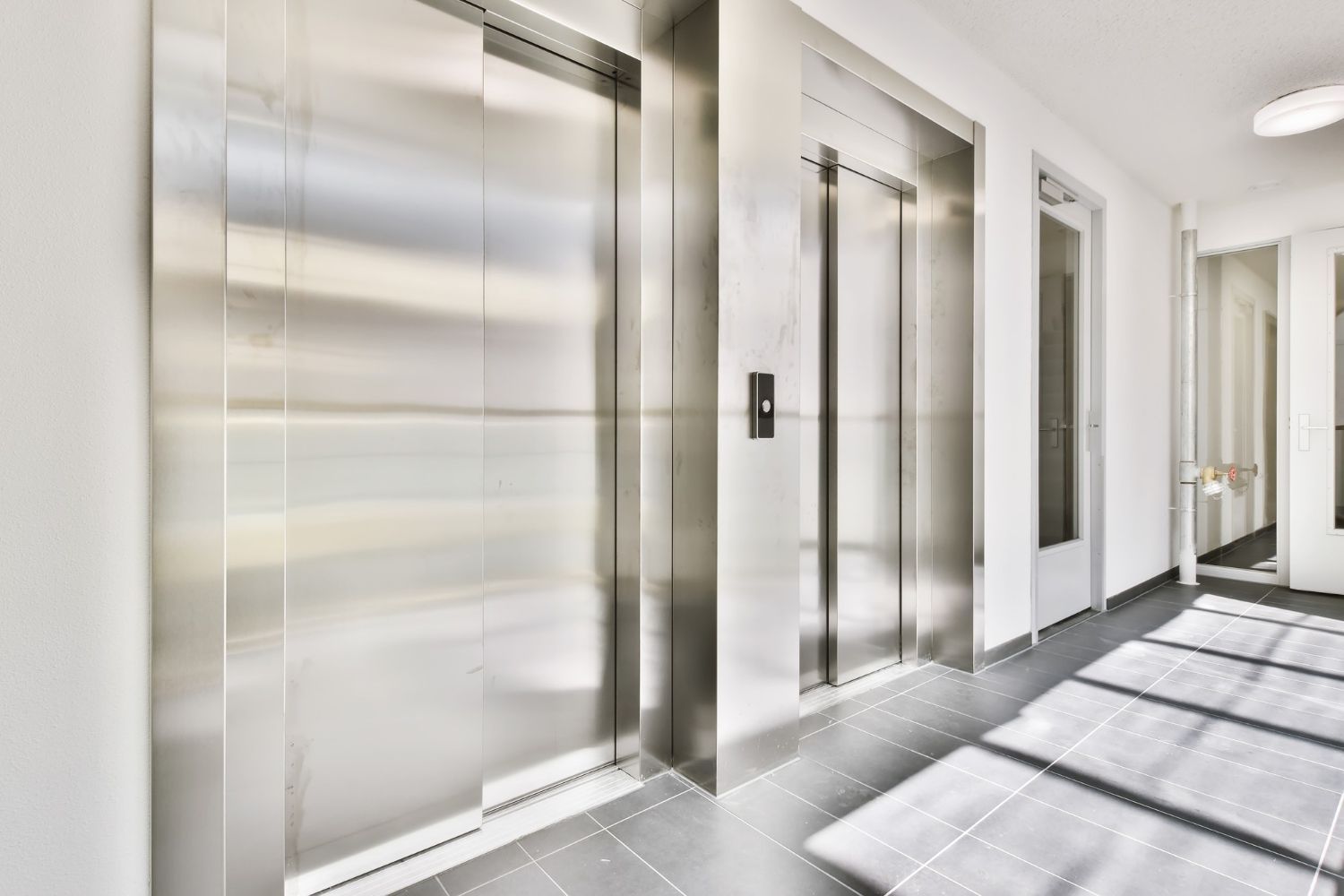Winter Maintenance Tips for Midwest Elevators
As winter arrives in the Midwest, it’s time to focus on keeping your elevator systems running well in colder conditions. Cold weather can create challenges that affect elevator functionality, such as sticky doors or fluctuating temperatures. Addressing these issues early can prevent disruptions and ensure passenger safety.
The chill can cause elevator doors to malfunction by affecting their seals, while inconsistent temperature in machine rooms can impact the machinery’s performance. Taking steps to prepare your elevators for the winter months can save time and money in repairs.
Simple maintenance tasks such as checking lubricants, updating emergency protocols, and ensuring proper insulation can make a big difference. Preparing now not only protects your investment but ensures smooth, reliable operation during the harshest months. Stay proactive with quality maintenance practices to keep everything running smoothly until spring.
Inspecting Elevator Doors and Seals
Cold weather can pose significant challenges to elevator doors. When temperatures drop, metal components contract, which can lead to doors becoming misaligned or slower to operate. It's crucial to understand how seasonal changes affect door operation to maintain efficiency and safety. In winter, it's especially important to ensure that doors open and close properly without sticking or jamming.
The seals around elevator doors play a vital role in this process. Checking and maintaining these seals help keep the cold out and prevent issues that can arise from moisture buildup, which can freeze and interfere with the door operation. Regular inspection of seals ensures they are intact and functional, preventing heat loss from the elevator shaft, which can impact performance.
Here are some tips for ensuring doors function properly during winter:
- Regular Inspections: Schedule frequent checks to spot any potential issues early.
- Seal Maintenance: Replace any seals that are cracked or showing wear.
- Lubrication: Use a lubricant appropriate for cold conditions to maintain smooth door operation.
- Remove Debris: Clear any dirt or ice build-up in door tracks to ensure seamless movement.
By paying close attention to these details, you can help keep your elevator doors running smoothly even in the coldest months.
Ensuring Proper Temperature Control
Temperature can greatly influence elevator performance. Fluctuations in temperature, especially during winter, can affect the machinery and electronics in elevator systems, leading to malfunctions or slower operations. Maintaining a consistent temperature, particularly in machine rooms, is key to avoiding these problems and ensuring the elevator works efficiently.
Steps to maintain a steady temperature in machine rooms are essential. Begin by inspecting the heating systems to ensure they are working correctly, providing adequate warmth to the area. A consistently warm environment helps keep oil and lubricants at optimal viscosity, preventing them from thickening or losing effectiveness in cold weather.
Consider these steps for temperature control:
1. Heating Maintenance: Regularly service heating systems to assure they provide consistent warmth.
2. Temperature Monitoring: Use thermostats to maintain steady conditions, reducing stress on elevator components.
3. Insulation Improvements: Add insulation to the machine room walls and doors to help retain heat.
Implementing these precautions ensures that elevator operations remain smooth and reliable throughout the winter months. Proper temperature control protects the system from the adverse effects of cold weather and ensures dependable performance for everyone relying on the elevators.
Maintaining Cable and Track Lubrication
As temperatures drop, the way lubricants perform in your elevator system changes drastically. Cold weather can cause lubricants to thicken, which may lead to increased friction and wear on both cables and tracks. This can result in slower operations or unexpected stops, complicating elevator performance during the winter months.
Checking and applying the right lubricants is crucial for ensuring your elevator runs smoothly. Choose lubricants designed for low-temperature conditions to maintain proper consistency. Regularly monitor lubricant levels and apply them to cables and tracks to reduce wear and ensure smooth movement. During cold weather, these measures help maintain the longevity and functionality of your system.
Here are some tips to maintain optimal lubrication levels:
- Regular Monitoring: Conduct frequent checks to ensure lubricants remain at the correct consistency for cold weather.
- Apply as Needed: Reapply low-temperature lubricants to cables and tracks, especially after snowstorms or significant temperature drops.
- Schedule Inspections: Regularly have professional evaluations to detect any lubrication issues early.
Optimal lubrication during winter helps to maintain efficiency and prolongs the lifespan of elevator components, making regular checks and applications a priority.
Emergency Protocols and Safety Checks
Winter comes with its own set of challenges, making it vital to update emergency protocols. When elevators face harsh weather conditions, having an updated response plan ensures the safety of everyone. Clear, efficient protocols in place help manage potential issues like power outages or mechanical failures more effectively.
Safety checks specific to winter conditions should be high on the to-do list. Key checks include assessing backup battery systems, confirming emergency lighting functionality, and testing communication systems within the elevator. These precautions help prepare for unexpected malfunctions that are more likely during colder months.
Consider these steps for strengthened winter safety:
1. Revise Emergency Plans: Update evacuation routes and emergency contacts to reflect current conditions.
2. Safety Inspections: Conduct detailed checks focusing on emergency power and lighting systems.
3. Training Sessions: Organize training for staff on handling winter-related issues and emergency responses.
Ensuring that protocols are up-to-date and safety checks are thorough fortifies your elevator’s reliability and protects passengers throughout the winter season.
Conclusion
Proper elevator maintenance and precautions can make all the difference during winter. From inspecting seals and maintaining temperature control to ensuring cables are well-lubricated and updating emergency protocols, these steps help keep elevators running smoothly and safely. Ignoring these factors might lead to disruptions or increased wear, which costs more to rectify in the long run. By implementing these essential measures, building owners can ensure their elevators withstand the challenging winter weather, providing consistent service and safety for all users.
For detailed professional guidance on ensuring optimal elevator performance this winter, Elevator Solutions Inc. offers insights and services tailored to your needs. Our experts are ready to help you tackle seasonal challenges effectively, ensuring your elevators are prepared to operate safely and reliably throughout the colder months. Get in touch with us to safeguard your building’s elevators today.



